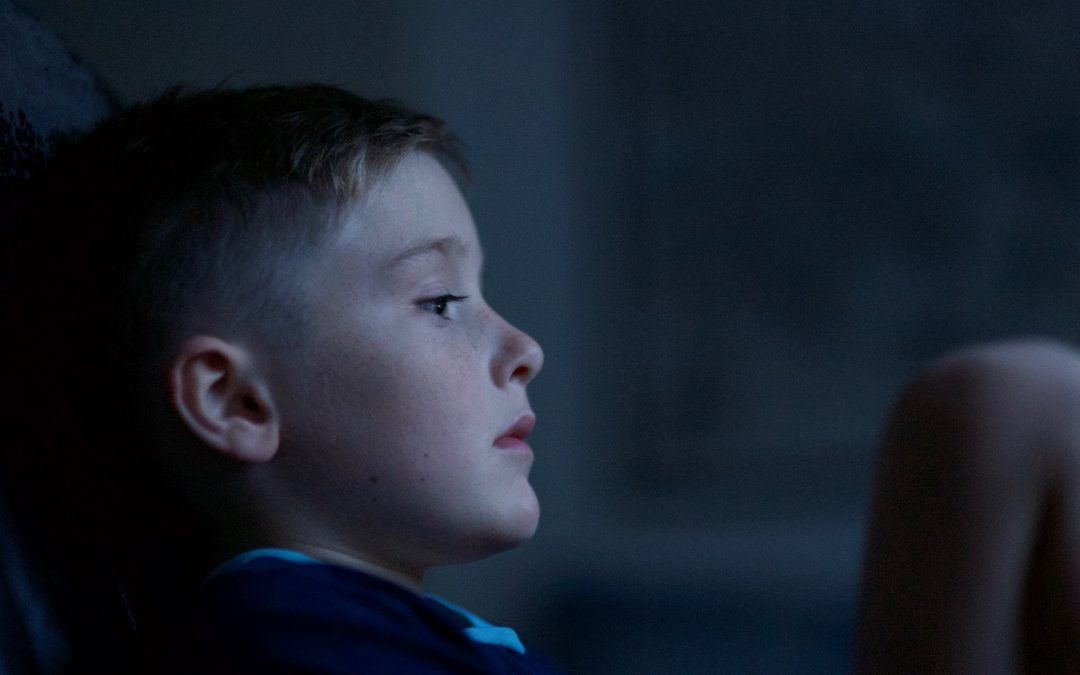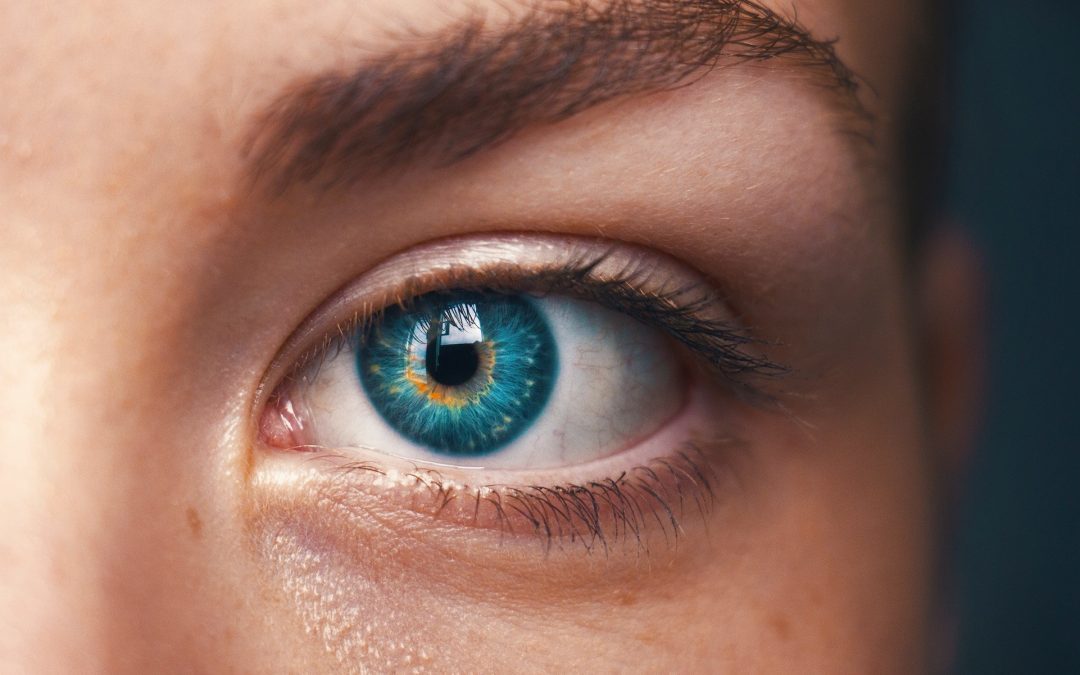
by Alliance VITA | March 20, 2020 | Coronavirus, News
During this crisis period, we are even more deeply concerned about individuals who are anxious, alone and struggling. Like many others in France, Alliance VITA provides support for the most vulnerable: those who are elderly, sick, alone, or disabled. They are even more fragile due to the Coronavirus pandemic and to confinement.
Our SOS End of Life service is very actively involved to give updates on this pandemic, to answer specific individual questions, to listen and provide support for those who can no longer visit or comfort their loved ones, or those who can no longer attend the invaluable bereavement rites and rituals.
Our other listening service, SOS Baby, has extended its hours in order to provide listening assistance for all pregnant women feeling anxious about this health crisis, and assist women who discover an unexpected pregnancy.
Together with our network of doctors and caregivers who are on the front line, Alliance VITA is working on a number of solidarity initiatives, similar to those already being implemented by different companies and associations. More detailed information about these projects will soon be available.

by Alliance VITA | March 13, 2020 | News, Euthanasia and Suicide
On March 5th the Belgian Federal Parliament voted to further extend legislation in favor of increasing access to euthanasia. The revised law also plans to eliminate conscientious objection for healthcare professionals.
It should be underscored that the State Council had already voiced reserve on the bill’s three flagship measures, due to this infringement on conscientious objection:
- The validity of advance euthanasia directives (“living wills”) would be extended from 5 years to an unlimited period.
- A doctor who refuses to perform euthanasia would be required by law to refer his patient to another doctor who would be ready to perform this act.
- Healthcare establishments would not be allowed to conclude clauses with their doctors, which would prohibit performing euthanasia on their premises.
According to the analysis published by the European Bioethics Institute, “such a provision infringes on the freedom of conscience for members of healthcare establishments, both for the freedom of association, as well as the individual freedom of conscience of healthcare workers, which is practiced collectively in this case. It also contradicts the principle of pluralism in the Belgian healthcare system (…). And by withdrawing state subsidies, this provision could eventually eliminate hospitals and nursing homes that give preference to other ways of accompanying a patient toward death.
Nonetheless such a law may be declared unconstitutional, because it violates Article 9 of the European Convention on Human Rights, which provides a right to the freedom of conscience as well as the freedom of association for these health care workers.
In 2019, Belgian caregivers, (university professors, nurses, and ethicists) published “Euthanasia, behind the scenes”, a book which clearly outlines the consequences that euthanasia has had on health-care practices. The law has already been amended several times and the number of euthanasia cases is constantly rising. Their book is currently being translated into English and Spanish.

by Alliance VITA | March 13, 2020 | Abortion, News
Since October 2019, the Belgian Federal Parliament has been examining a bill on abortion.
On March 12, the debate was postponed after the deputies requested for the Council of State to give an opinion prior to examining the newly submitted amendments for legislation in the Chamber (one of the two instances of the Belgian Parliament). Previously, in February, the Council of State had already pronounced an opinion on the overall legality of the bill’s content.
The bill contains several provisions to allow easier access to abortion.
- Increasing the upper legal time limit from 12 to 18 weeks (4 ½ months pregnant).
- There would no longer be any penalties for not complying with the law as long as the woman consents. This implies that doctors who perform abortions, even beyond 18 weeks of pregnancy, would no longer face penalties. Thus, all the previous laws governing abortion in the criminal code are effectively rendered null and void.
- Reducing the required reflection period to make a decision after the first a consultation with a doctor from six days to 48 hours (except for medical emergencies).
- Eliminating the requirement to inform pregnant women about the financial, social and psychological support legally available for families, mothers (married or not) and their children, as well as the options for giving up a child for adoption. Instead, medical and psychological support would be proposed, but only after the abortion has been performed.
- Conditions for terminating pregnancy for medical reasons would also be more inclusive. Currently this act can only be performed “when it is certain that the unborn child will be suffering from a particularly serious affection recognized as incurable at the time of diagnosis”. However, the proposed bill would provide that terminating pregnancy would be allowed if there is a “high risk, according to the current state of science
- Health establishments would be prohibited from concluding agreements with doctors which exclude the practice of abortion.
- Regarding the “offense of obstructing abortion”, the scope would be more comprehensive and there would be stronger penalties. “Anyone who tries physically or in any way whatsoever to prevent a woman from having an abortion” could be penalized either by jail for 3-12 months and/or a fine of 100 to 500 €.
- Abortion would be qualified as a normal medical procedure, defining it as a patient’s right which implies that medical personnel would be obliged to comply with the patient’s request and treat abortion as a form of healthcare.
The Belgian Council of State issued an opinion on the law, which highlighted several contradictions. Regarding the sanctions for obstructing abortion, the Council points out that the application scope is unclear: is only disinformation sanctioned, or opinions as well? What if a partner wants to keep the child? Would that be construed as “pressure” and therefore as a criminal offence?
However, the Council of State has remained fairly vague in its’ opinion on the rest of the text, referring to the European Court of Human Rights’ case law, which leaves individual States “broad judicial leeway” for interpreting the legal framework for abortion.
A petition opposing this bill has already been signed by more than 750 healthcare professionals. They protest that it “ruins ethical guidelines” and “upsets the necessary balance between a woman’s freedom and the respect for the unborn child growing and developing in her body.” “Trying to make people believe that abortion is similar to any other health care procedure, it is first and foremost lying to women,” they declare. On March 10, a collective group representing 2,500 caregivers who oppose the bill, held a press conference requesting an audience with the deputies.
In an editorial published in “Libre Belgique” Eric Vermeer, an ethicist, psychologist and nurse who counsels women who have undergone abortion, denounces this “gag law which imposes silence”. He explains that “in the near future abortion may be considered as a medical act, completely dissociated from any ethical questioning.” “Tomorrow, will therapists still be allowed to talk about the various negative consequences of abortion, in particular the post-abortion syndrome, which the majority of caregivers concerned recognize as a known side-effect? (…) Without in any way judging the person who decides to terminate a pregnancy, all therapists understand the importance of offering support and being available to listen with kindness and empathy. “

by Alliance VITA | March 12, 2020 | News, handicap
The French Public Health Agency has just published the results of two evaluations of autism cases in its latest weekly epidemiology bulletin. This is a first in France.
Until now, France could only provide unreliable statistics on autism, based on forecasts. This default of data was previously criticized by the General Inspectorate of Social Affairs (“IGAS”). And in 2018, the French Court of Auditors deplored the “insufficient reliability of the data available”.
In the editorial of the bulletin, Claire Compagnon, Interministerial Delegate for Autism and Neurodevelopment Disorders, declares: “a better knowledge of the prevalence of Autism Spectrum Disorder (ASD), as well as the living conditions of people with ASD, is a major challenge.”
In April 2018, the government launched its’ fourth “national autism strategic plan” to “better identify the neurodevelopmental disorders where autism appears, to diagnose and treat earlier” as well as “implement widespread training for all professionals ”.
At that time, the government reported 700,000 cases of autism, including 100,000 children, and that one in 100 children had ASD. Today’s national public health bulletin mentions that 119,260 people have autism (identified in 2017), representing 0.18% of the population, and underlines that men are affected three times more frequently than women.
To evaluate the statistics in children, two clinical studies were conducted in the regions of Haute-Garonne and Haute-Savoie, to compare the results for those born in 1995-1997 and those born in 2007-2009.
In 10 years time, the prevalence of autism has tripled from 2.3 to 7.7 children per 1000 in the Haute-Savoie region. In the Haute-Garonne region, there were 12.3 cases per 1000 for children born between 2007 and 2009. However, it should be noted that the proportion of children with mental insufficiency linked to the disorder has significantly decreased.
For children born in 2010, the rate of prevalence ranges from 8-10 cases out of 1000.
The bulletin specifies: “Although all regions showed wide variations in the prevalence of autism cases and an upward trend, this is probably explained as much by the strong and weak points in data systems, as by the increasingly broader acceptance of defining autism according to international classifications. »
Co-author of the report, Catherine Ha, an epidemiologist explains that “The national strategic plans have improved our ability to identify these disorders, although that may not account for the entire increase. Our knowledge of the risk factors involved is still limited, and cannot exclude the influence of environmental factors.”

by Alliance VITA | March 12, 2020 | News, CRISPR
The CRISPR-Cas9 genetic engineering technique is currently being tested on an adult patient with a rare form of blindness.
The patient has a rare hereditary eye disease known as Leber’s congenital amaurosis (LCA) which progressively leads to blindness, due to a gene mutation that blocks optical cells from manufacturing a protein which is vital for vision.
The US research team at the Oregon Health & Science University (OHSU) injected the treatment containing the CRISPR gene-editing directly in the patient’s eye behind the retina, under general anesthesia. This is where the photoreceptor cells are located, and where light is normally converted into nerve signals that the brain can understand. The hope is that when the diseased cells absorb the CRISPR gene-editing treatment, the patients’ DNA will repair itself in a way that restores their cells’ production of the missing visual pigments.
It may take up to a month to see whether the procedure restores the patient’s vision. If the outcome is successful, the scientists plan to enroll 18 additional patients in the study.
Eye surgery is not without risk, but there are also potential risks that CRISPR could make unintended mutations known as off-target effects. However the gene-editing tool stays in the eye and does not travel to other parts of the body.
This revolutionary line of research sparks hope and optimism and shows the high potential of this tool in the treatment of eye diseases.





